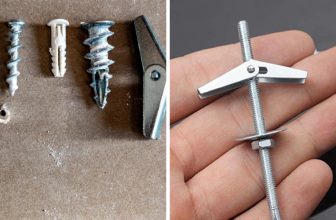How to Get Mice Out of Ceiling
Dealing with a mice infestation in your ceiling can be a frustrating and unsettling experience. Mice are known for their ability to infiltrate even the tightest spaces within a home, and when they find their way into your ceiling, they can be particularly challenging to eliminate. These unwanted houseguests can not only keep you up at night with their scurrying and scratching but also pose health risks and can cause damage to your property.

Fortunately, there are effective strategies to get mice out of your ceiling and keep them from returning. In this article, we’ll explore a variety of proven methods for how to get mice out of ceiling. Whether you prefer humane traps or professional assistance, you’ll find solutions that suit your needs. Say goodbye to those unwelcome critters and regain control of your living space.
Importance of Addressing Mice in the Ceiling
Mice are a common household pest, and they can cause significant problems if they make their way into your ceiling. While some may dismiss the issue as a minor inconvenience, it’s important to address this problem as soon as possible for several reasons.
Firstly, mice can cause damage to your home’s infrastructure. They are notorious chewers and will gnaw on anything they can find, including electrical wires, insulation, and even wooden beams. This chewing behavior not only weakens the structural integrity of your ceiling but also poses a fire hazard if they chew through wires.
Secondly, mice in ceilings can carry diseases that can be harmful to humans. Their feces and urine contain bacteria that can spread through the air when disturbed, potentially causing respiratory issues and other health problems. Additionally, mice can bring in ticks and fleas, which can carry diseases to both humans and pets.
Furthermore, these small rodents are known for their rapid reproduction rate. A single female mouse can produce up to a dozen babies every three weeks. This means that a small infestation can quickly turn into a larger one if left unaddressed.
Ignoring the presence of mice in your ceiling can also lead to financial implications. Not only do you risk potential damage to your home’s infrastructure, but any repairs or extermination services needed will also add up to costs. It’s much more cost-effective to address the problem early on rather than waiting until it becomes a bigger issue.
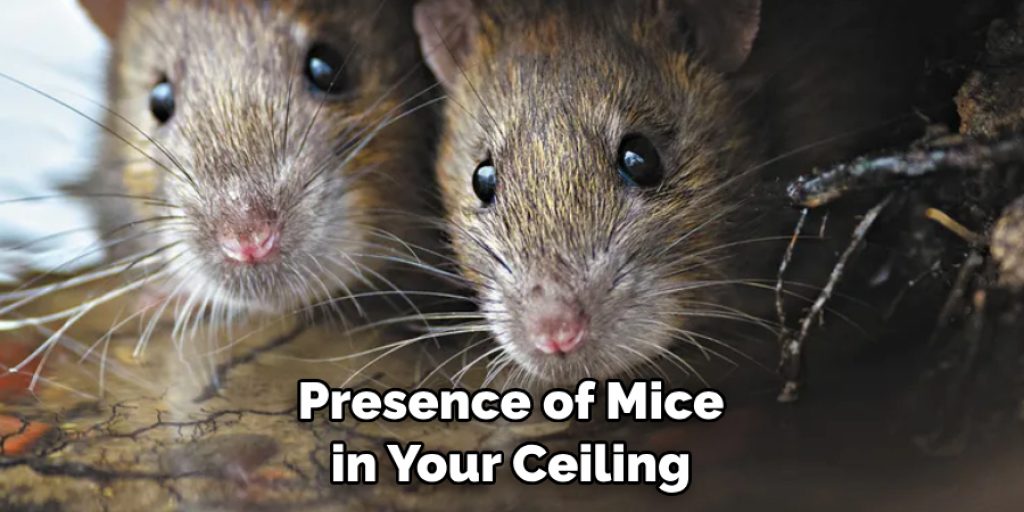
10 Methods How to Get Mice Out of Ceiling
1. Seal Up Entry Points
The first step to getting rid of mice in your ceiling is to seal up any entry points they may be using to get into your home. This may include sealing cracks and crevices around windows, doors, vents, and other areas where mice can enter.
You should also check for any gaps or holes in the walls or floors that could be allowing mice access to your home. Once you have sealed up all possible entry points, you can begin setting traps and baits to catch the mice that are already in your ceiling.
2. Set Traps
Setting traps is one of the most effective ways to catch and remove mice from your ceiling. There are a variety of different types of traps available, including snap traps, glue boards, live traps, and electronic traps.
Depending on the type of trap you choose, you will need to bait it with food that will attract the mice such as peanut butter or bacon grease. Make sure to place the traps in areas where you have seen evidence of mouse activity, such as droppings or gnawed objects.
3. Use Baits
Another way to get rid of mice in your ceiling is by using bait. Baits are poisons that are designed to attract and kill mice when they consume them. There are a variety of different types of baits available including anticoagulants and natural poisons such as arsenic or strychnine. When using baits, make sure to place them away from children and pets so that they cannot accidentally consume them.
4. Use Repellents
Repellents are another way to get rid of mice in your ceiling without having to use poison or set traps. Repellents work by emitting an unpleasant odor or taste that deters rodents from entering an area where it is applied.
Common repellents include peppermint oil, mothballs, ammonia-soaked cotton balls, and ultrasonic devices that emit high-frequency sounds that humans cannot hear but rodents find annoying and avoid entering an area where these sounds occur frequently.

5. Use Natural Predators
Using natural predators is another way to get rid of mice in your ceiling without having to resort to poison or traps. Cats and dogs are natural predators of rodents and can help keep their numbers down if they are allowed access indoors. Additionally, snakes, owls, hawks, frogs, lizards, skunks, moles, weasels, shrews, opossums, foxes, raccoons, coyotes, bats, hawks, ferrets can also help keep mouse populations under control if they inhabit the same area as humans.
6. Clean Up Food Sources
Mice often enter homes looking for food sources so one way to prevent them from entering is by cleaning up any potential food sources around the house. This includes keeping pet food stored away securely when not being used as well as regularly cleaning up crumbs from countertops and floors. Additionally, make sure all garbage cans have tight-fitting lids so rodents cannot gain access.
7. Remove Clutter
Mice love dark places where they can hide, so removing clutter from around your house can help reduce their numbers. Clutter provides ideal hiding spots for rodents, so make sure all boxes and piles of clothing are either stored away securely or removed completely. Additionally, make sure all furniture is kept off the floor so there aren’t any dark spaces underneath, which could provide shelter for rodents.
8. Insulate Your Home Properly
Proper insulation is essential for keeping both heat inside during winter months but also helps keep out unwanted pests such as rodents. Make sure all walls, ceilings, attics, crawlspace, etc, have adequate insulation installed keeping these areas properly sealed off from outside elements, thus reducing chances for rodent infestation within these spaces.
9. Install Exclusion Devices
Exclusion devices such as door sweeps, window screens, chimney caps, attic vents, etc. help prevent rodents from gaining access into homes by blocking off potential entry points These devices should be installed properly according to manufacturer instructions, ensuring no gaps remain between device frame wall, etc which could let rodent pass through easily.
Exclusion devices are particularly useful for larger openings such as chimneys or attic vents where rodents may enter and make nests.
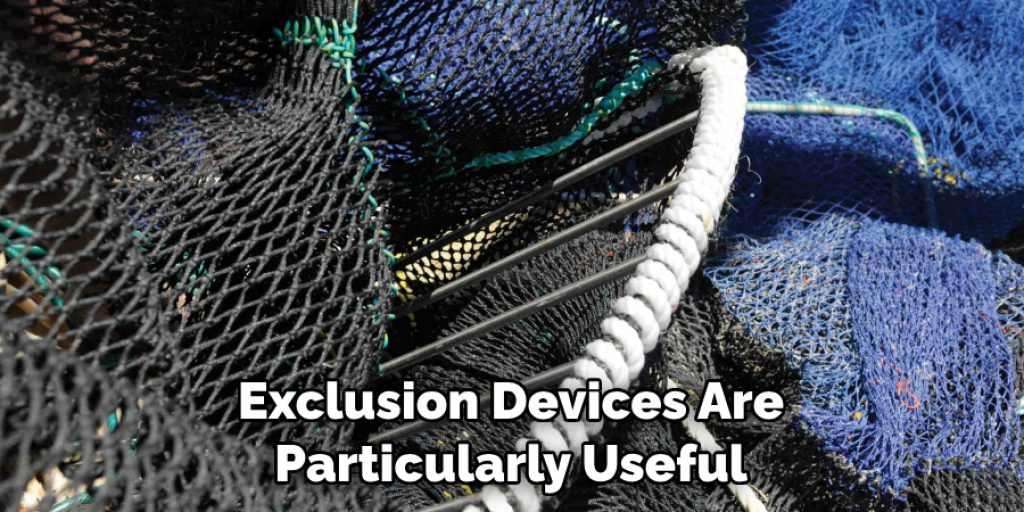
10. Contact a Professional Pest Control Company
If all else fails, contact a professional pest control company that specialize in rodent removal They will be able to inspect the property identify problem areas set appropriate bait/traps, clean up droppings, decontaminate affected area, advise on proper exclusion techniques, ensure proper sanitation practices followed etc.
While this option may be more costly than DIY methods, it can provide a more thorough and efficient solution to getting rid of mice in your ceiling.
Things to Consider When Getting Mice Out of Ceiling
Are you having trouble with mice in your ceiling? You’re not alone. Mice are known to be one of the most common pests that can invade a home, and even if you’ve never had them before, it’s possible for them to find their way into your ceiling space. If you’re wondering how to get mice out of ceiling, there are a few things that you should consider.
First and foremost, it’s important to understand why mice might be attracted to your ceiling in the first place. One of the main reasons is food sources. If there is easy access to food in your kitchen or pantry, then it’s likely that mice will seek out this area as a potential nesting ground. Additionally, if there are small openings or cracks in your ceiling, mice can easily squeeze through and make their way inside.
Another factor to consider is the overall condition of your home. If there are areas where the structure is deteriorating or if there are gaps in walls or windows, this creates an open invitation for mice to enter. It’s important to take care of any repairs that are needed to prevent future infestations.
Once you understand why mice might be attracted to your ceiling, it’s time to start thinking about how to get them out. There are a few different methods that you can try, but it’s important to remember that prevention is key.
Common Mistakes to Avoid When Getting Mice Out of Ceiling
Whether you live in a rural or urban area, having mice in your home can be quite a nuisance. These pesky critters can cause damage to your property and belongings, as well as spread diseases. One of the most common areas where mice can be found is in the ceiling.
If you are dealing with a mouse problem in your ceiling, there are some common mistakes that you should avoid to effectively get them out. Here are some of those mistakes:
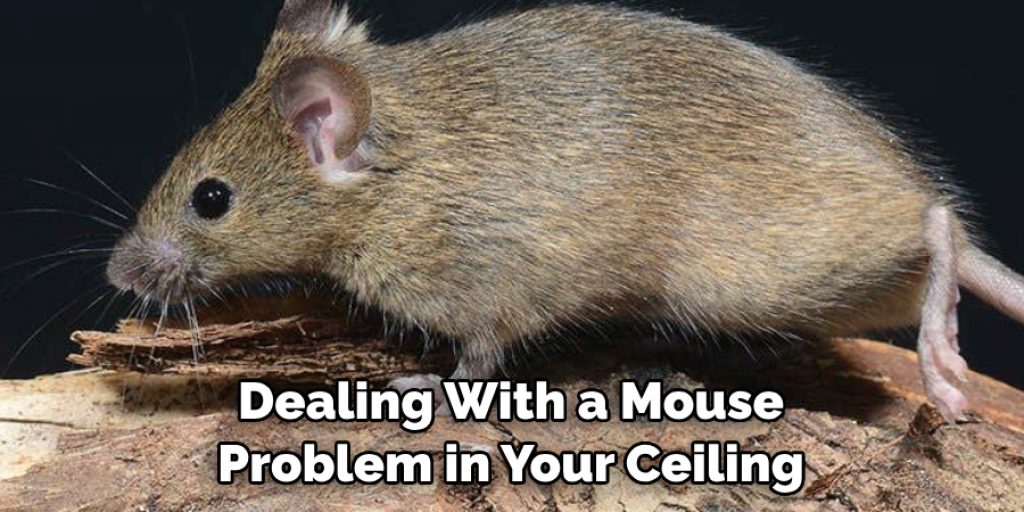
Using Poison
Using poison to get rid of mice may seem like an easy solution, but it can actually do more harm than good. If the poisoned mouse dies inside your ceiling, it will start to decompose and produce a foul odor which can linger for weeks or even months. This can also attract other pests and insects, leading to even more problems.
Not Sealing Entry Points
Simply getting rid of existing mice in your ceiling won’t solve the problem if you don’t seal off their entry points. Mice can squeeze through small holes and cracks, so it’s important to thoroughly inspect your ceiling for any openings that they could use to enter.
Make sure to seal these entry points with steel wool, wire mesh, or caulk to prevent mice from coming back in the future.
Using Glue Traps
Glue traps are another commonly used method for getting rid of mice, but they can be quite inhumane. When a mouse gets stuck on the trap, it will struggle to free itself, often resulting in serious injuries or death. This can also attract more mice to the area as they may try to eat their trapped companion.
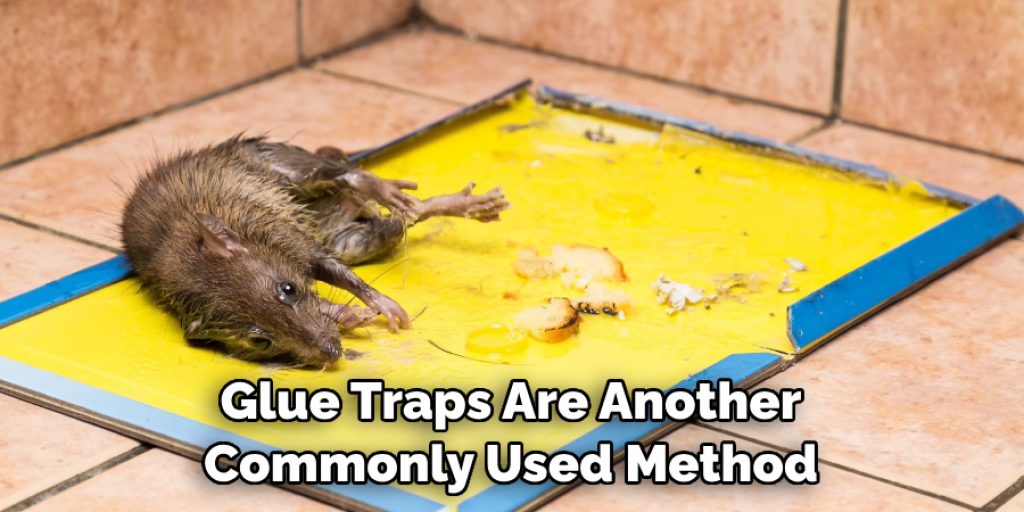
Conclusion
In conclusion, if you ever find that pesky little critters have found their way into your ceiling, there’s no need to panic. With the right methods and material, you can humanely get mice out of your ceilings and move onto the task of ensuring they don’t find their way in again. Be sure to use proper pest control sealants along any potential entrances in your home.
Additionally, thoroughly inspect the exterior walls and chimney for any openings that may be allowing pests access to space inside. And finally, once all preventive measures are in place, consider investing in high-quality traps that are effective and hygienic for trapping mice and relocating them outside safely. Now you have all the information needed for how to get mice out of ceiling with ease!

